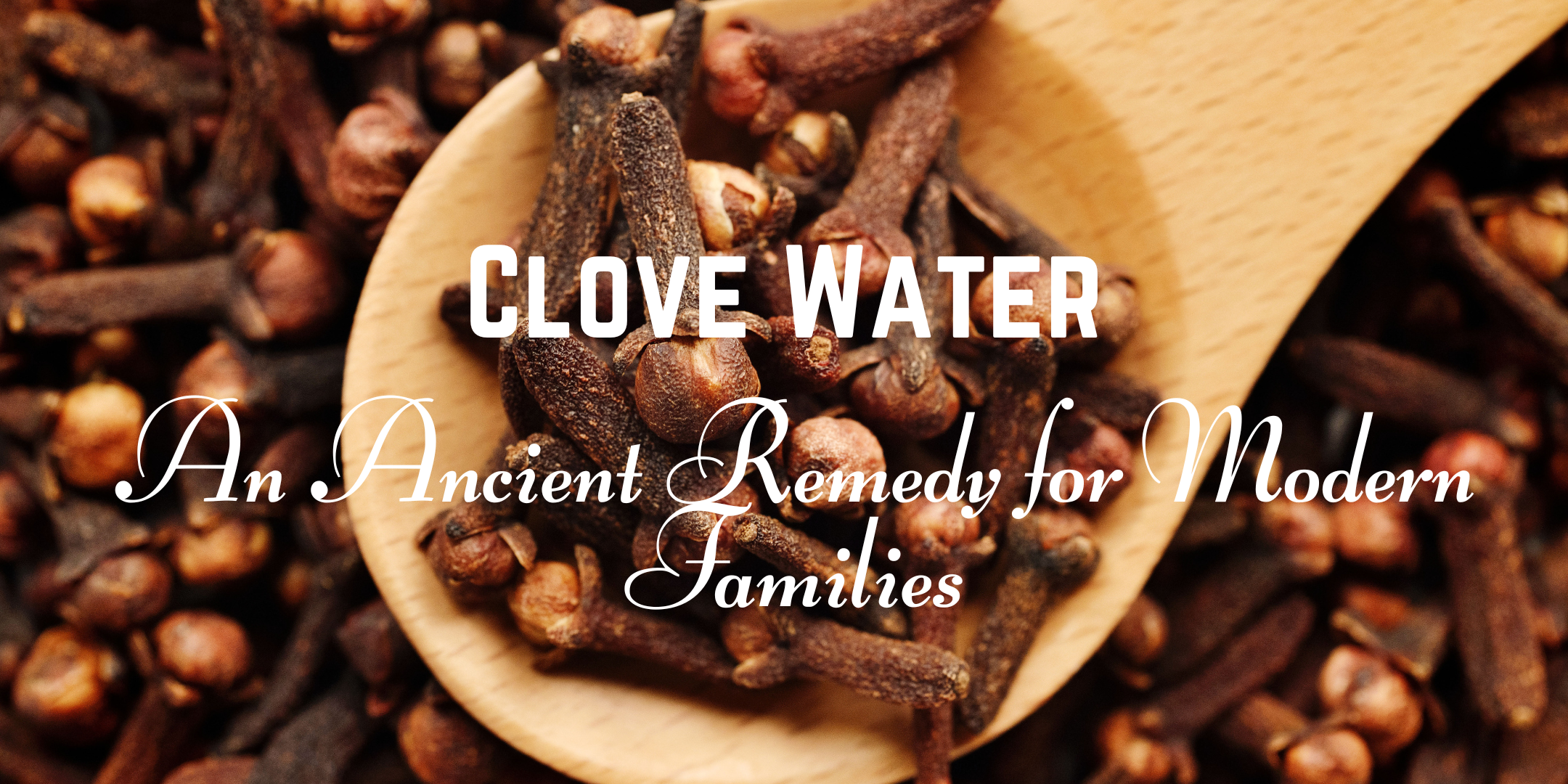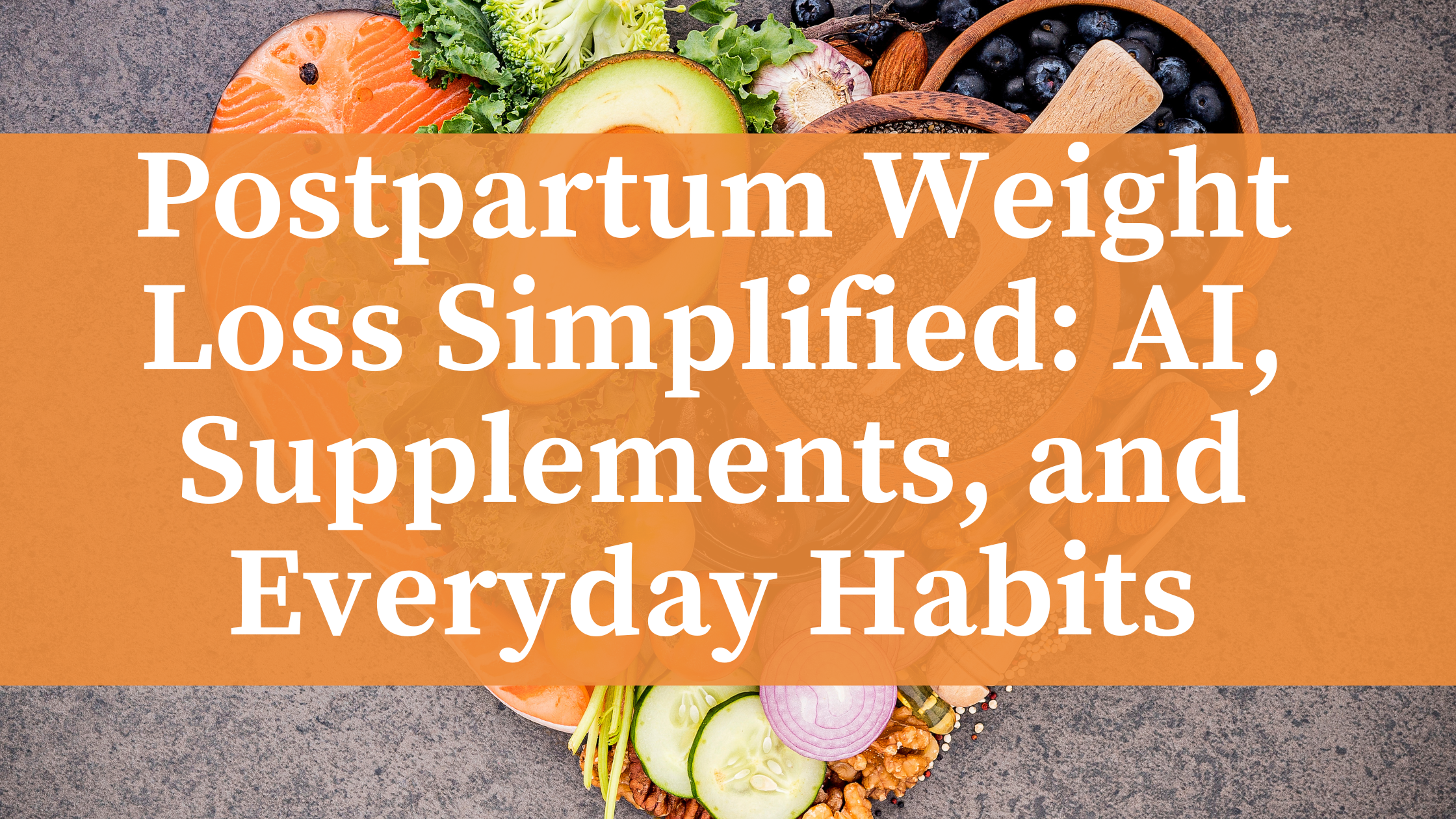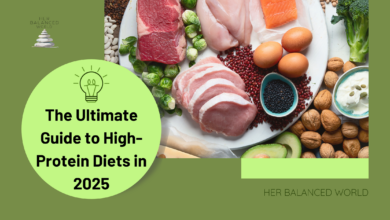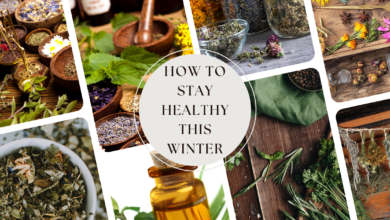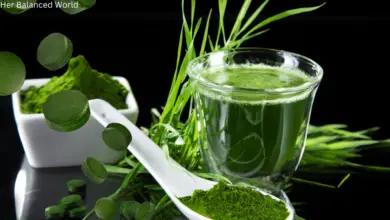How to Get Rid of Microplastics: A Complete Guide to Protecting Your Health and the Environment
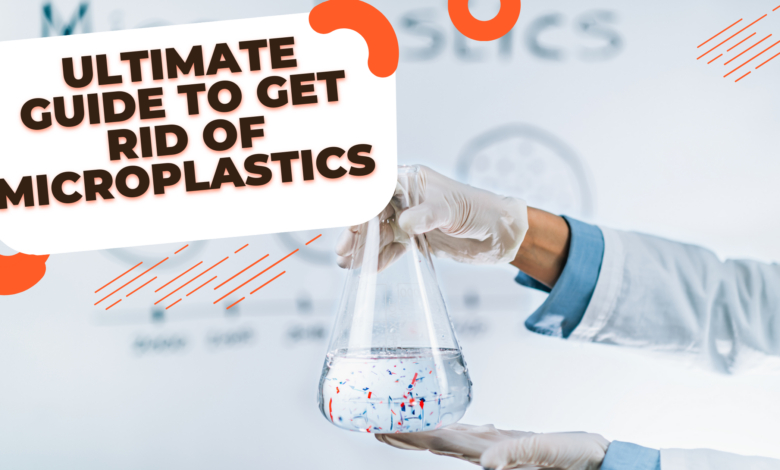
 Why Should You Care About Microplastics?
Why Should You Care About Microplastics?
Microplastics are everywhere—in the air, our food, the water we drink, and even inside our bodies. Sounds alarming, right? These tiny plastic particles (smaller than 5mm) have infiltrated oceans, soil, and even the human bloodstream. While we may not see them, their effects on human health and the environment are significant.
If you’re wondering how to get rid of microplastics, the good news is that while eliminating them completely may be impossible, there are effective ways to reduce exposure, filter them out, and prevent further plastic pollution.
Recent studies have found that the average person consumes between 78,000 and 211,000 microplastic particles annually, and this is considered an underestimate. (Statista)
So, what can we do about it? Can we remove microplastics from our bodies and daily lives? While completely eliminating them may be impossible, there are effective ways to reduce exposure, filter them out, and prevent more plastic pollution.
Let’s dive into practical, science-backed methods to get rid of microplastics from your home, diet, and the environment.
1. Understanding Where Microplastics Come From
 Before we can remove them, we need to know where microplastics are hiding. They come from:
Before we can remove them, we need to know where microplastics are hiding. They come from:
- Plastic waste breaking down – Bottles, bags, and other plastics degrade over time.
- Synthetic fabrics – Clothes made of polyester, nylon, and acrylic shed tiny plastic fibers.
- Beauty and cleaning products – Some toothpastes, scrubs, and detergents contain microplastics.
- Tires and road dust – Car tires release microplastics every time we drive.
- Water sources – Tap water, bottled water, and even some foods contain plastic particles.
A recent study revealed that vehicle tires are the largest source of nanoplastic pollution in the high Alps, highlighting the pervasive nature of microplastics in our environment. (The Guardian)
Now that we know the sources, let’s discuss how to get rid of them.
2. Filter Microplastics Out of Your Water
 One of the biggest sources of microplastic contamination is drinking water—yes, even bottled water!
One of the biggest sources of microplastic contamination is drinking water—yes, even bottled water!
How to Remove Microplastics from Water:
- Use a high-quality water filter – Look for filters with activated carbon and reverse osmosis technology. The LifeStraw Home Water Filter Pitcher is designed to protect against bacteria, parasites, microplastics, lead, mercury, PFAS, and various chemicals.
- Avoid bottled water – Studies show bottled water contains twice as many microplastics as tap water.
- Install a home filtration system – Whole-house filters can reduce exposure in both drinking and bathing water. Aquasana is what I have and I highly recommend! If this is too expensive try a simple small solution first. This Zero Water one is fantastic!
- Many people ask, “does reverse osmosis remove microplastics?” The answer is yes—reverse osmosis uses a high-pressure membrane to filter out even the smallest particles, including plastic contaminants.
3. Reduce Plastic in Your Diet
 Microplastics have been found in salt, seafood, rice, and even fruits and vegetables. Since completely avoiding them is nearly impossible, the key is to minimize your intake.
Microplastics have been found in salt, seafood, rice, and even fruits and vegetables. Since completely avoiding them is nearly impossible, the key is to minimize your intake.
How to Reduce Plastic in Food:
- Eat fresh, unprocessed food – Packaged foods often contain microplastic contamination.
- Store food in glass, metal, or ceramic – Avoid plastic containers and plastic-wrapped produce.
- Use a stainless steel or glass water bottle – Plastic bottles shed tiny particles into the liquid.
- Avoid plastic tea bags – Many tea bags contain plastic. Use loose-leaf tea or plastic-free tea bags. Consider using a stainless steel tea infuser for your loose-leaf tea to minimize microplastic exposure.
- Silicone: Many people wonder, does silicone have microplastics? Unlike plastic, silicone doesn’t break down into microplastics, making it a safer alternative for food storage and kitchen use.
✅ USE Glass Meal Prep Containers – BPA-free, plastic-free food storage. 🔗 Glass Meal Prep Containers
4. Choose Plastic-Free Clothing
 Surprisingly, your clothes might be shedding plastic every time you wash them. Polyester, nylon, and acrylic fabricsrelease microfibers into water, which eventually end up in rivers and oceans.
Surprisingly, your clothes might be shedding plastic every time you wash them. Polyester, nylon, and acrylic fabricsrelease microfibers into water, which eventually end up in rivers and oceans.
What You Can Do:
- Buy natural fabrics – Choose cotton, wool, hemp, or linen instead of synthetic materials.
- Use a microfiber-catching laundry bag – Products like Guppyfriend can trap microplastics before they enter waterways.
- Wash clothes less often – Fewer washes mean less plastic shedding.
5. Can You Remove Microplastics from Your Body?
 Recent studies found microplastics in human blood, lungs, and even the placenta. While research is still ongoing, some experts suggest ways to detox your body from plastic exposure:
Recent studies found microplastics in human blood, lungs, and even the placenta. While research is still ongoing, some experts suggest ways to detox your body from plastic exposure:
How to Get Rid of Microplastics from Your Body:
- Eat high-fiber foods – Fiber helps push contaminants out of the digestive system.
- Drink plenty of water – Staying hydrated helps flush out toxins.
- Consume antioxidant-rich foods – Fruits and vegetables like berries, leafy greens, and nuts help fight inflammation caused by microplastics.
- Reducing exposure to microplastics is just one step in maintaining overall wellness. For more ways to support your immune system and stay healthy, check out our guide on natural remedies for winter wellness.
- Avoid highly processed foods – Many processed foods contain plastic-based chemicals like phthalates and BPA.
- Silicone as a plastic-free personal care alternative – If you’re asking, does silicone have microplastics, the answer is no! Unlike plastic-based beauty tools, silicone-based alternatives like reusable cotton rounds or silicone body scrubbers do not shed microplastics.
Eco-Friendly Personal Care Alternatives - ✅ Bamboo Toothbrush Set – Avoid plastic toothbrushes. 🔗 Bamboo Toothbrushes
- ✅ Plastic-Free Deodorant – Natural deodorant in a zero-waste container.🔗 Plastic-Free Deodorant
- ✅ Reusable Cotton Rounds for Skincare – Replace disposable cotton pads with these.🔗 Reusable Cotton Rounds
FAQs About Microplastics
Q: How to Get Rid of Microplastics?
A: Reducing exposure to microplastics involves using high-quality water filters, avoiding plastic-packaged foods, choosing natural fiber clothing, and opting for glass or stainless steel food storage. Participating in environmental cleanups also helps minimize microplastic pollution.
Q: Does Silicone Have Microplastics?
A: No, silicone does not have microplastics. Unlike plastic, silicone does not degrade into microplastic particles, making it a safer alternative for food storage, kitchenware, and personal care products. Many people opt for silicone food storage bags, baking mats, and reusable kitchenware to avoid microplastic contamination.
Q: Does Reverse Osmosis Remove Microplastics?
A: Yes! Reverse osmosis removes microplastics by forcing water through a semi-permeable membrane, which effectively filters out even the smallest plastic particles. Studies show that reverse osmosis can remove up to 99% of microplastic contaminants from drinking water.
Q: How to Avoid Microplastics?
A: Avoiding microplastics starts with reducing single-use plastics, choosing glass or stainless steel containers, using natural fiber clothing, and investing in high-quality water and air filtration systems. Reading ingredient labels for hidden plastics in cosmetics and cleaning products can also help.
Q: How to Remove Microplastics from Your Body?
A: While completely eliminating microplastics from the body is challenging, eating high-fiber foods, staying hydrated, and consuming antioxidant-rich foods like berries, leafy greens, and nuts may help detoxify the body. Avoiding highly processed foods and choosing organic, fresh produce can also reduce exposure.
Final Thoughts: How to get rid of microplastics?
 Microplastics are a big problem, but there are real, practical steps we can take to reduce them in our lives and the environment.
Microplastics are a big problem, but there are real, practical steps we can take to reduce them in our lives and the environment.
- Filter your water – Does reverse osmosis remove microplastics? Yes, it’s an effective method!
- Choose natural fabrics – Avoid synthetic clothes to reduce plastic shedding.
- Eat less plastic-contaminated food – Learn how to avoid microplastics in your diet.
- Use less plastic in daily life—Small swaps make a difference!
- Support cleanups and policies that fight plastic pollution.
- Silicone? Many people looking for plastic-free alternatives ask, does silicone have microplastics? Fortunately, silicone does not shed microplastics the way traditional plastics do, making it a great choice for food storage, cookware, and personal care items.
While we can’t erase microplastics overnight, every action helps protect our health and the planet. The more we work together, the cleaner our world will be for future generations.
Ready to take action? Start today—every small change helps reduce microplastic pollution! 🌍️♻️
